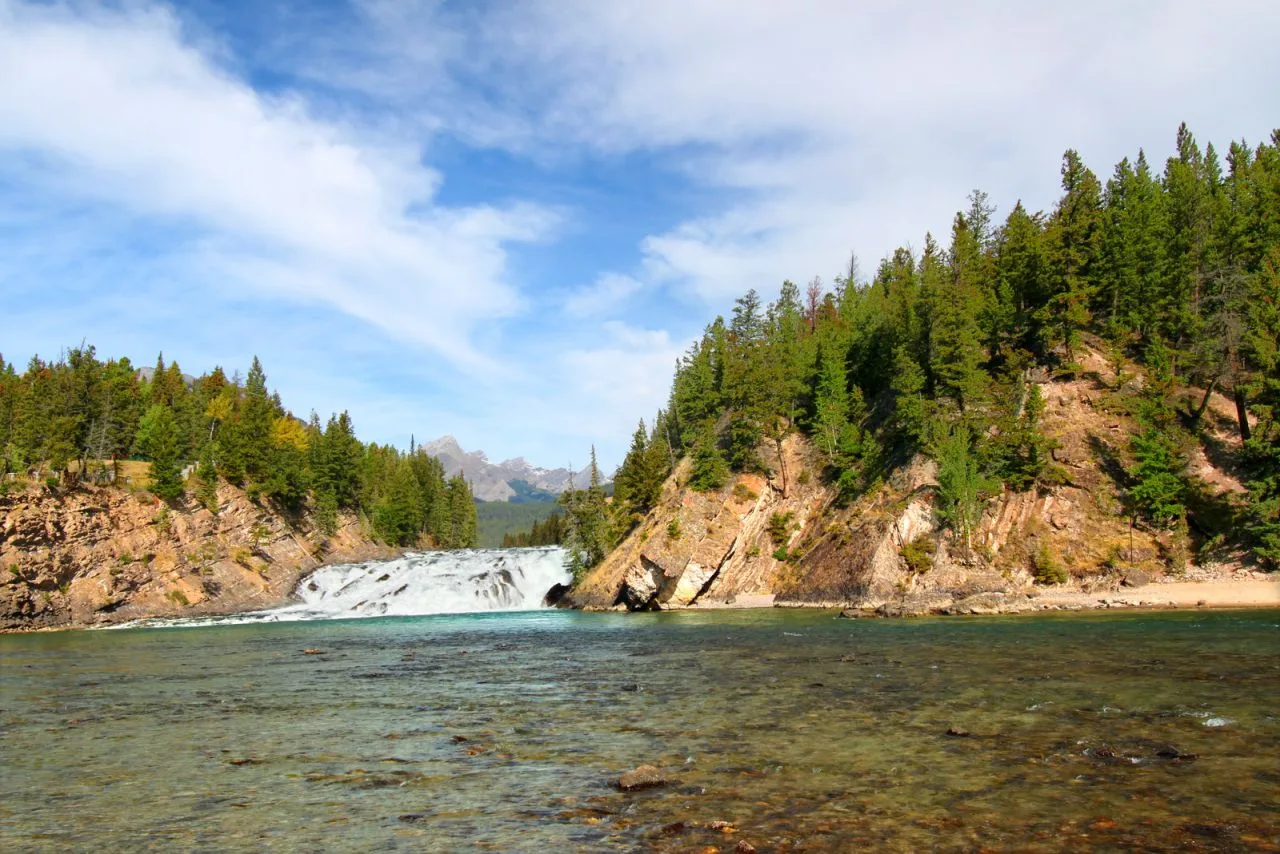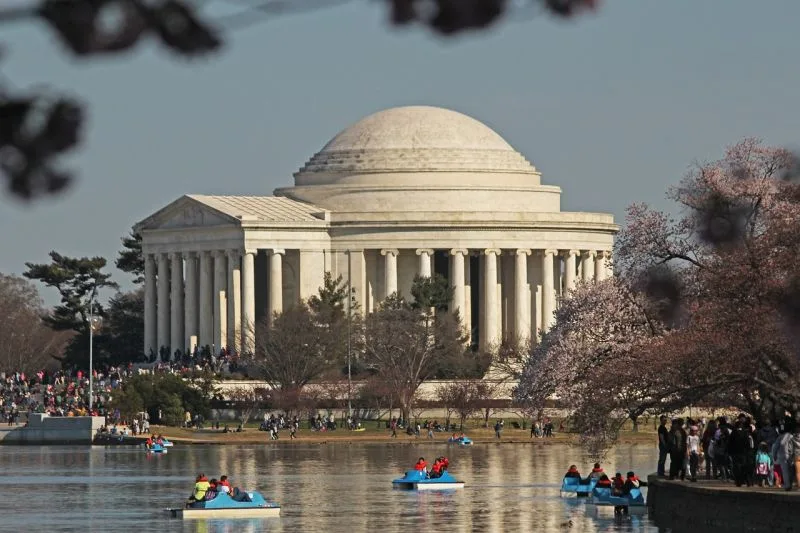Chinatown San Francisco
Address
San Francisco Chinatown
GPS
37.7943011, -122.4063757
Chinatown San Francisco is one of the few districts that enjoys widespread recognition beyond the city borders. Every day, thousands of tourists go to this area to people-watch, photograph the more or less historically accurate homes, and give in to the temptations of the stores and restaurants that line the streets.
 Chinatown in San Francisco was established around 1850. In instance, around the year 1850, the United States imported large numbers of low-wage but willing immigrants from Asia, primarily China, to work on the transcontinental railroad and the renewed gold rush.
Chinatown in San Francisco was established around 1850. In instance, around the year 1850, the United States imported large numbers of low-wage but willing immigrants from Asia, primarily China, to work on the transcontinental railroad and the renewed gold rush.
Ironically, the “natives” were not always on good terms with the new immigrants, so the latter built their own stores, restaurants, and, of course, dwellings in a separate neighborhood.
After the devastating earthquake of 1906, much of the old building had to be demolished and then reconstructed.
Present circumstance While many of Chinatown’s stores, eateries, and residences have stayed unchanged over the past three decades, the neighborhood’s focus has shifted from supporting its local community to catering to tourists.
Many immigrants are forced to move out of Chinatown because it has become too expensive for them to do so, and the hordes of tourists — officially more than at the Golden Gate Bridge — can easily make more money than the locals.
Even middle-class residents are finding that “gentrification” is creating unwelcome conditions.
Chinatown is located about two blocks north of the Union Square shopping district, near the geographic centre of downtown, between Market Street and van Ness Avenue and the Embarcadero.
While it is impossible to precisely demarcate the district’s borders, most tourists visit the area between Bush Street and Broadway, specifically between Grant Avenue and Stockton Street.
Visitors travelling between the southern Market Street and the northern Fisherman’s Wharf should make a pit stop in Chinatown. To the east, you can see the Transamerica Pyramid, which is also a sight to behold.
 Dragon Gate, at the corner of Grant Avenue and Bush Street, is the first stop for most guests to the area. In addition to its beautiful design, the fact that it is the only gate in North America to meet Chinese standards for such an entrance is reason enough to visit.
Dragon Gate, at the corner of Grant Avenue and Bush Street, is the first stop for most guests to the area. In addition to its beautiful design, the fact that it is the only gate in North America to meet Chinese standards for such an entrance is reason enough to visit.
Keep going north on Grant Avenue, and you’ll find lots of places to dine and buy that cater specifically to tourists. That won’t be a problem for some people, but it does point towards the reality of modern China.
Stockton Street, which runs parallel to the west, is a bit more peaceful and, perhaps, genuine.
However, there is a severe limitation on the ability to recognize real sights. It’s best to view the sights with a fair dose of skepticism and appreciation for the truly stunning facades.
The Golden Gate Fortune Cookie Factory, located in Ross Alley (famous from Indiana Jones and other films) and producing fortune cookies, is an excellent tourist destination. The Waverly Place and Pagoda should have been on your itinerary as well.
Last but not least, reliable dining recommendations can be hard to come by because restaurant prices, ownership, and quality are always subject to change.
Aside from avoiding the pubs on Grant Avenue, nothing about the Chinese BBQ could be more on the money. You will have more luck finding something to eat or drink in a less touristy area, such as a side street.





